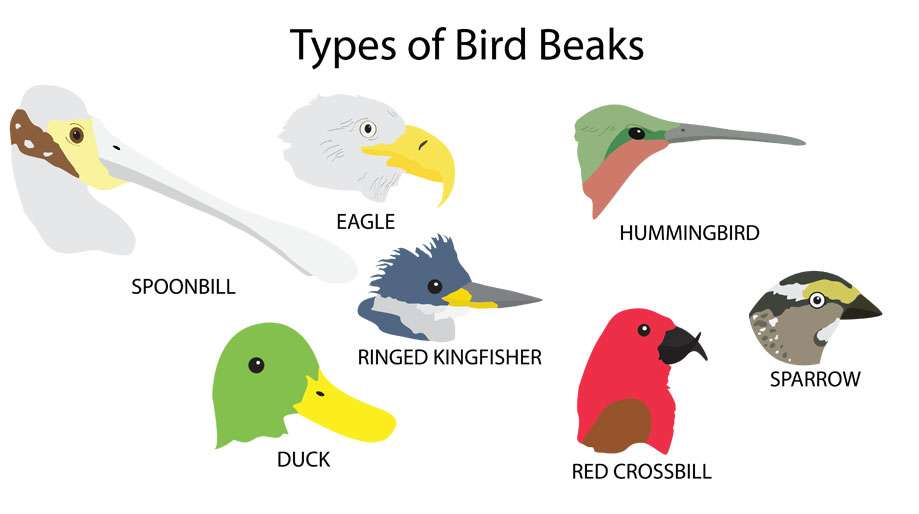
Kids can “plant the seeds” for STEM learning with activities at K-Rockets!
Investigating bird beaks is a STEM project that starts with biology but could be extended to engineering as well. Bird beaks are often a clue to their diet. The size and shape of the beak helps the bird to catch the specific food it eats. Cardinals are in the finch family, with thick seed-cracking beaks. Chickadees have thin insect-catching beaks, picking their food from the twigs and leaves of plants. They can eat seeds, but do not open them as easily as a cardinal does.
Activities such as those we do at K-rockets help kids to understand this and they go on to become observers of the birds around them. There is more to these activities than observing. We can extend this to design: design a bird beak – and build a model – that can eat food X. Use real examples of food X or use a substitute that models the properties of X. By building a model the kids are also building engineering STEM skills. Building and testing models are important steps in developing any product.
Older students may be interested to learn that the effect of food supply on beak shape was demonstrated by Peter and Rosemary Grant in the Galapagos Islands for over 25 years starting in 1977. They worked on a small island where they could capture and measure many individuals of 2 kinds of finch that lived only on that island.
They measured the beak size of the birds and kept track of the types of seeds that were available.
The seed types varied depending on the weather each year. Sometimes larger, sometimes smaller seeds were available depending on which plants flourished.
The beak sizes of the birds in each generation (there was a new generation each year) changed as the seed type changed. Smaller bills were better at opening smaller seeds, larger bills were better at opening larger seeds, and their studies showed the average bill size of the bird population changed in response to the size of seeds in the food supply. Their work involved basic measuring and another STEM skill, math and statistics, to discover this pattern. It was a rare demonstration of evolution in action.


